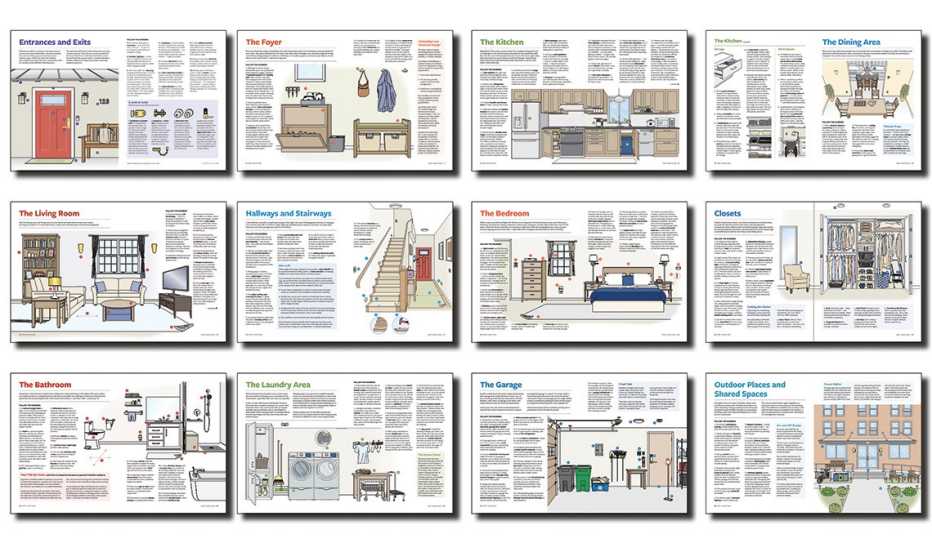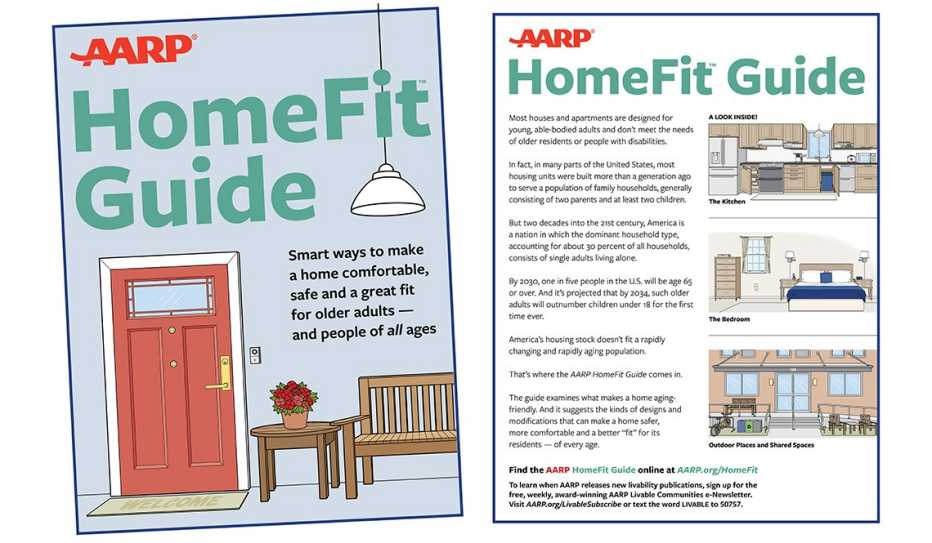AARP Hearing Center
Not every home has a large, formal foyer, but most homes have some sort of transition area just inside the entry door. That space should be free of clutter and, when there’s enough room, provide storage for things carried (a handbag, backpack, briefcase) or worn (shoes, gloves, a hat and coat). Objects strewn about can be hard to find — and easy to trip over.
Share this video via YouTube
'Visitability' and 'Universal Design'
The terms refer to housing and building features that are designed for people who have a disability or mobility challenge. According to Visitability.org, a website hosted by the National Council on Independent Living, a home is visitable if it meets three requirements:
- It has a zero-step entrance.
- The doorways provide at least 32 inches of clear passage space.
- A bathroom is accessible by someone using a wheelchair.
But visitability can also mean that a grandparent’s home is safely visitable by young grandchildren.
According to the Center for Inclusive Design and Environmental Access, Universal Design, or UD, “is a design process that enables and empowers a diverse population by improving human performance, health and wellness, and social participation.”
However, the center adds, UD “is not a synonym for accessibility. Accessibility usually refers to minimum compliance with prescriptive codes and standards for people with disabilities. UD is performance-based and addresses usability issues for people of all ability levels.”
AARP HomeFit Videos


AARP HomeFit Guide


































































